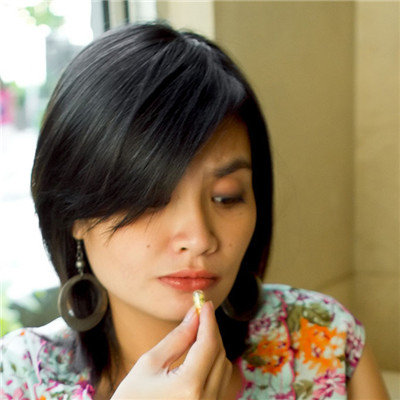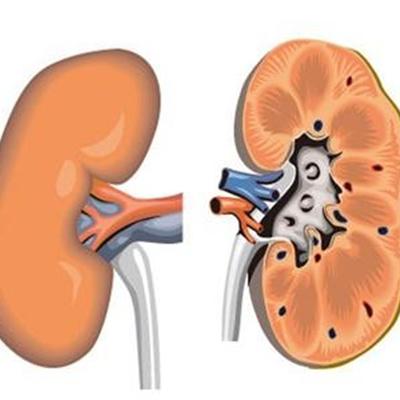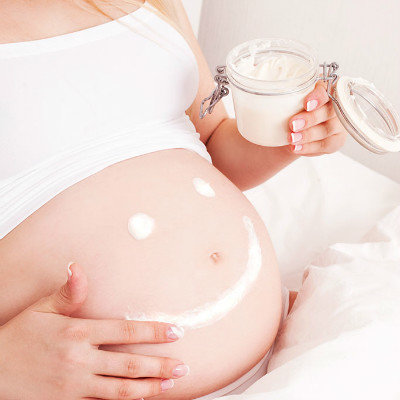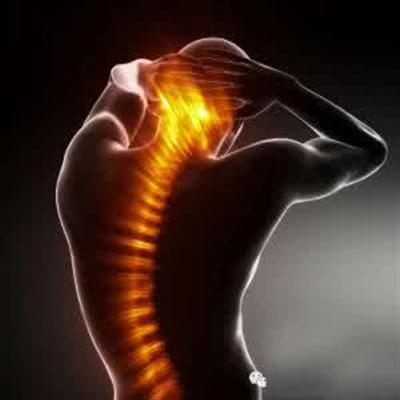Ureteral valve symptoms?
summary
Congenital ureteral valvular disease refers to a transverse mucosal fold protruding out of the urinary canal, mostly within 3cm of the junction of bladder and ureter. It can be divided into three types: annular valve (single or multiple annular valves), lobate valve (single or multiple lobate valves) and mixed valve (annular valve combined with lobate valve), Cause proximal ureteral dilation. What symptom does ureteral valve have?
Ureteral valve symptoms?
The etiology of congenital ureteral valvular disease is unclear. Although there are three theories about its pathogenesis, it seems that the "embryonic wrinkle residual theory" can better explain the formation of upper ureteral annular valves and multiple annular valves; The "membrane formation theory" can explain the formation of lower ureteral valves, and the "abnormal ureteral embryogenesis theory" can explain the occurrence of other different types of ureteral valves

It is often manifested as lumbago and abdominal pain, nausea, vomiting and urinary tract infection on the affected side. If it is bilateral lesions, renal insufficiency may occur; Hematuria often occurs in patients with colic and stone; Cystic masses can be found in the waist and abdomen in patients with hydronephrosis

The typical x-ray findings of intravenous urography and retrograde pyelography were as follows: ① the lumen of the urinary catheter was parallel to the wall of the renal pelvis, forming a "high embedded obstruction"; ② The filling defect of one side wall of ureter was inlaid into the lumen of narrow segment; ③ There was a filling defect embedded into the lumen on the opposite sides of the ureter, which became a pair of interlocking valves

matters needing attention
This disease is a congenital disease. Its clinical etiology is not clear. It is related to autosomal recessive inheritance. It is usually related to consanguineous marriage, so it can not be prevented directly. Genetic screening should be carried out for patients with suspected family history of chromosomal abnormalities, so as to avoid the offspring suffering from this disease due to chromosomal inheritance after marriage, Avoid emotional excitement and other adverse stimulation affecting embryonic development














